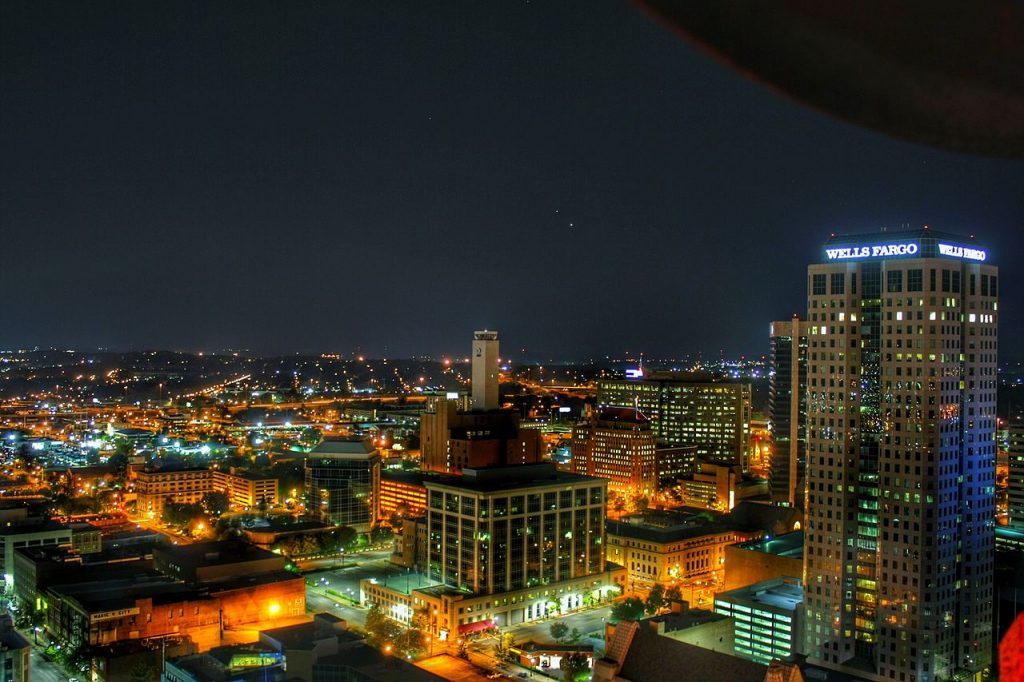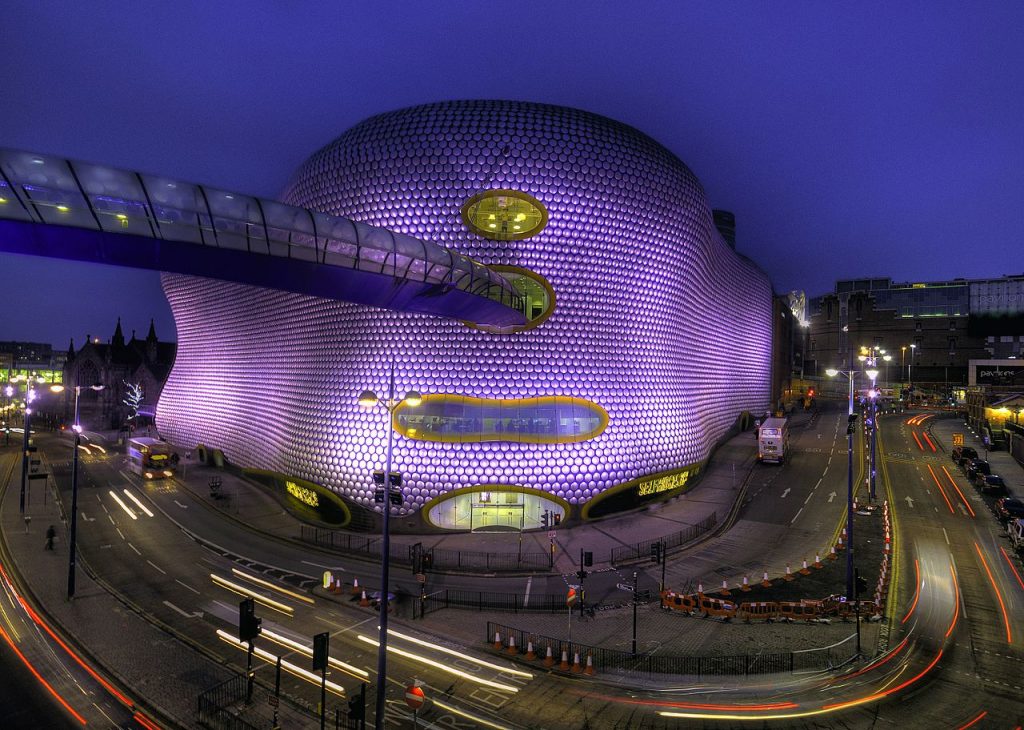In recent years, Birmingham, the UK’s second major city, has become the top destination for people leaving London, outranking other large cities such as Bristol, Manchester, Leeds, and Nottingham (2016, ONS/UK Migration Statistics). More than a decade after the devastating effects of the financial crisis which struck the property market, Birmingham seemed to be picking up the pace, in terms of overall price growth and attractivity. Now, nearly three years on from the 2016 referendum, begs the question: how has Brexit impacted Birmingham’s property sector? More importantly, how does the city plan to adapt to a potential Brexit Britain?
In short, Birmingham not only seems to have avoided the impact of Brexit when it comes to property prices and development projects, but to be on a trajectory that defies it all together. What are the secrets to Birmingham’s success? How can other cities follow suit, in maintaining a stable, constantly emerging property market, in such a volatile economic and political environment?

Birmingham’s residential property spectrum has indeed broadened in post-referendum years, with continuing price growth fuelled by new residential developments both in and outside the city centre. This advancement has been aided by the fact that residential properties in Birmingham are reasonably priced, at least when compared with London, encouraging a large number of people to make Birmingham their new home. Birmingham’s population has also grown consistently over the past 8 years, with it now being one of the most youth-populated cities in Europe (ONS).
But a steady, incremental increase in residential property prices is not how Birmingham has managed to overcome the market effects of the referendum, nor remain one of the most competitive cities for property developments. Rather, Birmingham’s secret lies with heavy investment in projects that are yielding a large turnover.
Birmingham has always been attractive to investors in post-war Britain. From the 60s development of the (then) architecturally cutting-edge Bullring and Rotunda to John Madin’s courageous brutalist projects such as the reversed-ziggurat Library, Birmingham has invited investment of the sort. While these large-scale projects costed significant spending excess, they were intended to act as a sponge for investors and businesses that wanted to trade in Birmingham and develop their economy.

Not all of these projects were successful, with the 60s Bullring being bulldozed at the beginning of the century to pave the way for more modern developments, and the Library spending more than two decades unpopulated before its demolition.
The trend is, however, changing. Birmingham has seen a large extent of its investment into property development unrivalled by past projects. The vast amount of spending on the Paradise Development, the new tower at 103 Colmore Row, the tram extensions, the HS2 and several other similar projects, has propelled Birmingham into a realm of investment security. The city is submerged in large developments that not only employ a myriad of people in the construction sector, but will act as hubs for future employment, creating an ongoing stream of revenue for developers, and the city itself.

A problem often encountered by businesses in smaller cities and towns in the UK is that upon the termination of their 15-20 year tenancies, they struggle to find adequate modern office space in which they can continue trading. This often constrains them to dated office spaces or improper locations, harming their growth potential. Birmingham has realised this instance and has not waited for it to become a problem. No sooner than a tired, 70s office block goes down, are investors eager to claim the remaining space and develop it for modern office occupancy. This gives businesses continuity and a greater breadth of choice in location, ensuring they can remain in the city centre, be satisfied with their tenancies, and, most importantly, keep contributing to the city’s economy.
Birmingham’s vision does not end with high-quality office space. HS2 is another development that will increase the city’s desirability in terms of property investment. Linking the city to London via ultra-fast railway will incentivise London firms to invest in Birmingham and extend their operations there, due to the small duration of the commute following HS2 implementation. In this way, major projects seem to follow one another in quick succession and enjoy high levels of present and potential success: from the Snow Hill development to Paradise, to 103 Colmore Row, and any other promising projects which follow.
The high level of investment in Birmingham’s non-residential property sector, in particular, presents a clear message: it is safe to invest here. Not only this but that you may not want to be late to the party, as more investors gravitate toward it. With new developments pullulating the city centre monthly, the question is no longer of why businesses would invest in Birmingham, but when. The existing level of investment has generated a safety net around future developments that allows the city to fend off the disruptions of the 2016 referendum. The uncertainty inspired by the UK’s decision to leave the EU is counteracted by investors’ responses in Birmingham: that not only is it safe to invest; it is encouraged.
This means that at present, Birmingham’s property market, both residential but especially non-residential, is relatively Brexit-proof. Whether this will continue to be the case, given the evolution of the UK’s relationship with the EU, can only be the subject of debate and polemic. In the end, one can only wait and see if Birmingham’s property market can successfully, unremittingly, withstand the effects of the Brexit vote.


